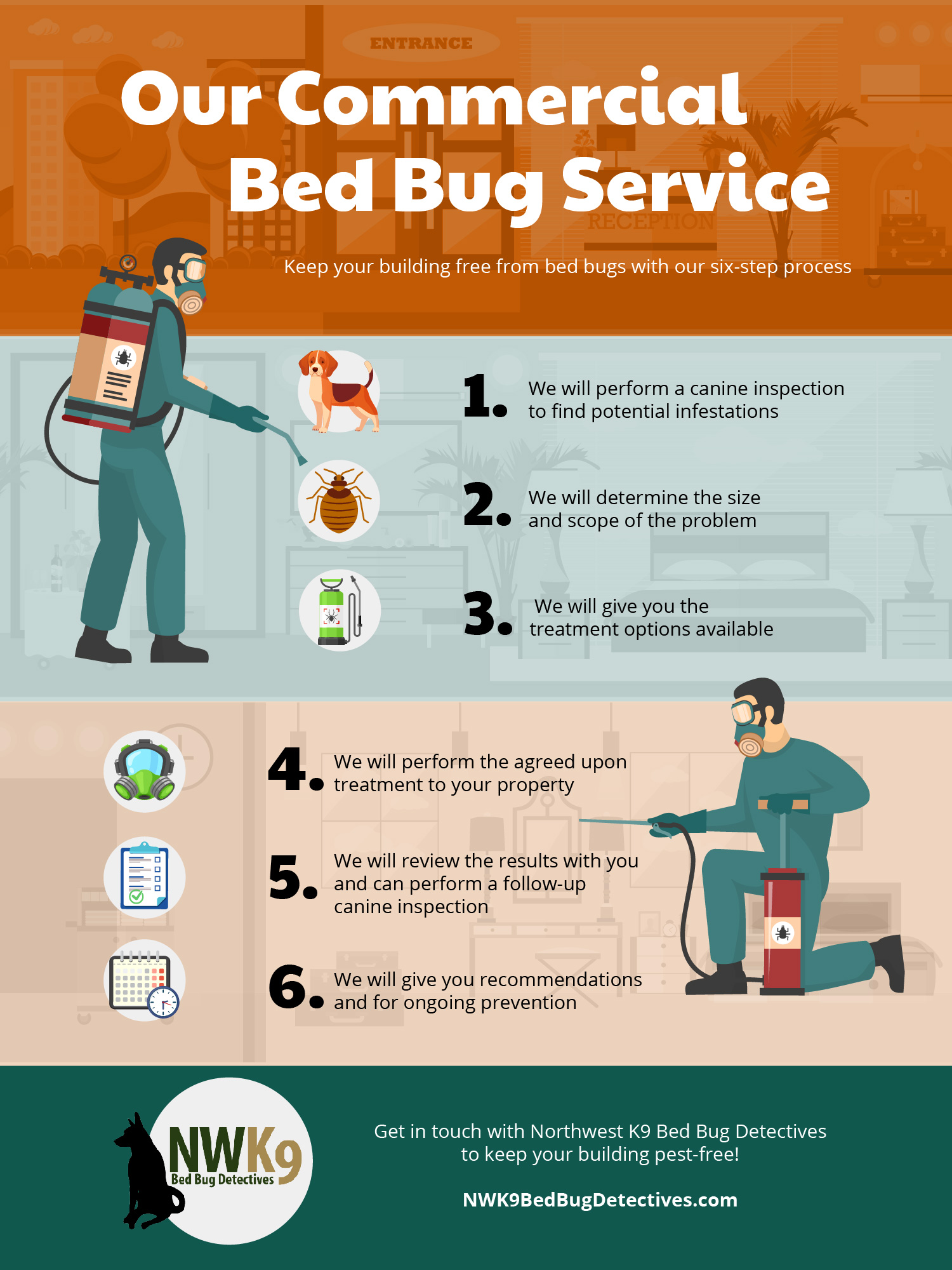Some Known Details About Bed Bug Services
Table of ContentsNot known Details About Bed Bug Services The 6-Second Trick For Bed Bug ServicesBed Bug Services for DummiesThe Definitive Guide for Bed Bug Services
A professional bed bug inspection is a meticulous process and relies on expertise. Bed bugs are small, elusive, and adept at hiding that seek cracks, crevices, and furniture seams. Because of their secretive nature, a thorough inspection is essential to identify the full scope of the problem. Professional inspectors use a combination of tools, procedures, and knowledge to locate pests effectively, reducing the risk of escalation.The first step in the inspection process involves understanding bed bug biology and behavior. Bed bugs belong to the Cimicidae family and undergo a life cycle that includes eggs, nymph stages, and adulthood. Adults are oval, flat, reddish-brown insects that lack wings and have long legs and antennae. Their segmented proboscis allows them to pierce the skin and feed on blood, often causing red, itchy welts on hosts. Knowing these traits helps inspectors anticipate hiding spots.
Early detection is critical for stopping the problem from spreading. Professionals search for telltale signs such as dark spots of fecal matter, molted skins, and eggs (Bed Bug Services). Female bed bugs are capable of laying hundreds of eggs, leading to rapid infestations if unchecked. Evidence of discarded skins and eggs indicates active infestation and requires prompt inspection
Preparing for an inspection involves careful organization. Inspectors often suggest tidying up spaces to allow full access, which makes it easier to inspect furniture and wall edges. Bedding and linens may be treated with heat before inspection, and then kept in plastic bags to maintain cleanliness. Wall decor, mirrors, and pictures may need to be removed to check hiding places. Vacuuming furniture and floors can remove loose pests, and vacuum bags visit this website should be discarded carefully to avoid spreading.
What Does Bed Bug Services Do?
The inspection itself is methodical and detailed. Inspectors start with beds and adjacent furniture, checking seams, folds, handles, and crevices. Upholstered furniture, including sofas and recliners, is scrutinized to reveal any hidden pests. Baseboards, moldings, the edges of wall-to-wall carpeting, electrical outlets, closets, and storage areas receive detailed attention, as these can be common harborage sites.
Specialized tools improve inspection effectiveness. Flashlights, magnifying lenses, multi-tools, and mirrors provide visibility in crevices and corners. Monitoring devices like interceptor traps or sticky pads allow ongoing monitoring of pest activity. Some companies bring in canine teams, which accurately identify active infestations, distinguishing them from non-active traces.

Meticulous documentation is essential. Inspectors document all signs, infestation levels, and suggested measures. This ensures accountability useful source and facilitates discussion with residents. Residents are often asked to avoid disturbing potential infestation signs, as this maintains inspection effectiveness.
After inspection, a monitoring plan may be implemented to follow up on findings. Continuous monitoring identifies surviving insects after treatment, and interviews with household members provides additional insight. Cooperation from residents enhances detection.
Our Bed Bug Services PDFs
:max_bytes(150000):strip_icc()/Bed-bug-control-tips-and-tricks-2656377-e580f433c55a4a98826e429753062084.jpg)
Professional inspections are more reliable than self-inspections. Trained inspectors spot subtle signs overlooked by untrained eyes, avoid unnecessary treatments, and give peace of mind.
Bed bug inspections are particularly important in hotels, dormitories, multi-unit apartments, and senior living facilities. Inspectors examine adjacent units, common areas, and shared furniture to confirm complete assessment (Bed Bug Services). This stops further spread
In summary, a professional bed bug inspection includes identifying the pest, readying the environment, inspecting meticulously, employing tools, maintaining records, and ongoing monitoring. Each step supports early detection, informs treatment, and reduces future risk.
An Unbiased View of Bed Bug Services
